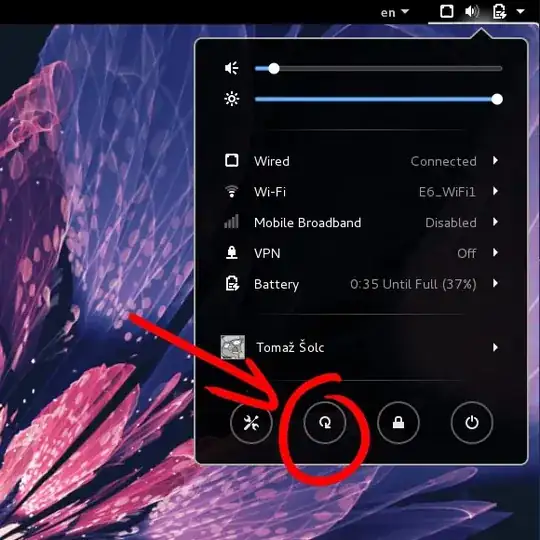currently I'm trying to disable the process which is responsible for handling the auto-screen rotation on my Lenovo Yoga 2 Pro, which is enabled by default.
So far I did some research on the packages iio-sensor-proxy and inotify-tools, but I couldn't figure out how to disable it.
Is it possible to just remove iio-sensor-proxy to achieve the desired behaviour?
Or would that affect any important process in a negative way and cause anomalies?
Where are the configuration files stored?
Thanks in advance!
